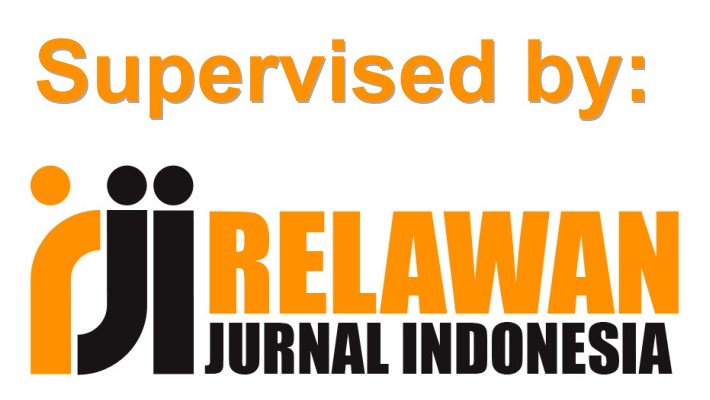Pelatihan Uji Fisik dan Cita Rasa Kopi Sebagai Instrumen Kontrol Kualitas Kopi dalam Menunjang Wisata Kopi bagi Masyarakat
DOI:
https://doi.org/10.31100/matappa.v6i3.3147Keywords:
Konservasi, Pertanian Berkelanjutan, Kualitas Hasil KopiAbstract
References
Apsari, N. C., Gutama, A. S., Nurwati, N., Wibowo, H., Resnawaty, R., Darwis, R. S., Santoso, M. B., et al. (2017). Pemberdayaan Petani Kopi Melalui Penguatan Kapasitas Dalam Pengolahan Hasil Kopi Di Desa Genteng, Kecamatan Sukasari, Kab. Sumedang. Prosiding Penelitian dan Pengabdian kepada Masyarakat, 4(2), 290–296.
Buck, Louise, E., James, & Fernandes, E. C. (1998). Agroforestry in sustainable agricultural systems. CRC Press.
Fitri, N. A. (2011). Analisis Usahatani Perkebunan Kopi Rakyat Di Desa Gombengsari Kecamatan Kalipuro Kabupaten Banyuwangi. Universitas Jember.
Hakim, L. (2017). Cultural landscape preservation and ecotourism development in Blambangan Biosphere Reserve. Landscape Ecology for Sustainable Society, (July), 1–383.
Hakim, L. (2021). Agroforestri Kopi (Mendorong Taman Hayati dan Wisata Kopi). Media Nusa Creative (MNC Publishing).
Hakim, L., Siswanto, D., Rahardi, B., & Zayadi, H. (2019). Fostering coffee agroforestry for agrotourism development in degraded land in a buffer zone of a national park: A case study from Poncokusumo, Malang, Indonesia. EurAsian Journal of BioSciences, 13(2), 1613–1620.
Jose, S. (2009). Agroforestry for ecosystem services and environmental benefits: an overview. Agroforestry systems, 76, 1-10.
Kustiari, T., Harkat, A., & Fillaili, U. S. (2020). Implementing good agriculture practice (GAP) and its impact on the coffee productivity Of Panti Sub-District Jember Regency, East Java, Indonesia. JournalNX- A Multidisciplinary Peer Reviewed Journal, 6(6), 374–384.
Virgawati, S., Wijayani, A., & Probosari, N. (2021). Arjuna Coffee Organoleptic Test. RSF Conference Series: Engineering and Technology, 1(1), 545–548.
Wahyuni, E., Karim, A., & Anhar, A. (2013). Analisis Citarasa Kopi Arabika Organik pada Beberapa Ketinggian Tempat dan Cara Pengolahannya di Datararan Tinggi Gayo. Jurnal Manajemen Sumberdaya Lahan, 2(3), 261–269.
Downloads
Published
Issue
Section
Citation Check
License
Jurnal ini memberikan akses terbuka langsung dengan prinsip bahwa membuat penelitian tersedia secara bebas untuk publik mendukung pertukaran pengetahuan global yang lebih besar.
Semua artikel yang diterbitkan dapat di Akses secara Terbuka atau Gratis untuk semua orang baik untuk dibaca maupun diunduh di bawah lisensi CC-BY.
Ppenulis mempertahankan kepemilikan hak cipta untuk artikel mereka, tetapi penulis memberikan izin kepada orang lain untuk menggunakan konten publikasi di Matappa secara keseluruhan atau sebagian asalkan karya aslinya dikutip dengan benar.
Hak cipta mencakup hak eksklusif untuk mereproduksi dan menyampaikan artikel dalam semua bentuk dan media, termasuk cetak ulang, foto, mikrofilm dan reproduksi serupa lainnya, serta terjemahan. Reproduksi bagian manapun dari jurnal ini, penyimpanannya dalam basis data dan transmisi dengan bentuk atau media apa pun, seperti elektronik, salinan elektrostatik dan mekanik, fotokopi, rekaman, media magnetik.

MATAPPA is licensed under a Creative Commons Attribution 4.0 International License.








